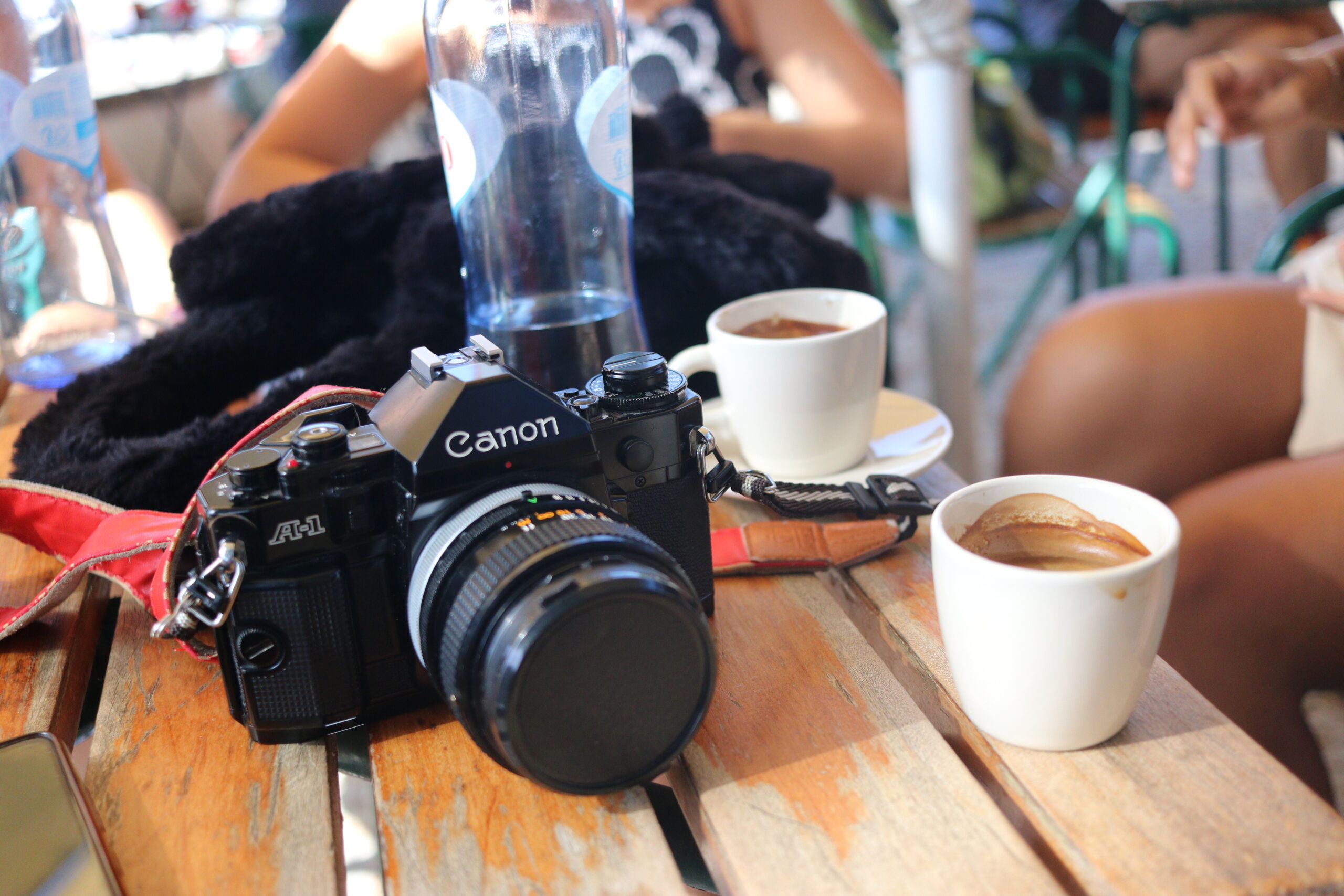The resurgence of analogue photography and the growing trend of retro aesthetics have taken the world by storm, captivating enthusiasts and casual photographers alike. This revival is driven by a combination of nostalgia, artistic expression, and a desire for authenticity that digital photography, despite its convenience and technological advancements, sometimes fails to deliver.
Analogue photography offers a tactile and immersive experience that digital often lacks. The process of loading film, manually adjusting settings, and physically handling the camera creates a deeper connection between the photographer and their craft. Each shot taken on film is deliberate, as there are limited exposures per roll, encouraging photographers to think more carefully about composition, lighting, and subject matter. This intentionality can lead to more meaningful and thoughtfully composed images. The aesthetics of film photography also play a significant role in its appeal. Film has a unique, organic quality that is difficult to replicate with digital filters. The grain, color rendition, and dynamic range of film can produce images with a timeless and distinctive look that many find more pleasing and evocative than digitally altered photos. Each type of film stock has its own characteristics, allowing photographers to experiment with different styles and moods that are intrinsic to the medium.

Moreover, the process of film development itself is an art form. Developing film and printing photographs in a darkroom allows for a hands-on, creative approach that many find rewarding and satisfying. The anticipation and surprise of seeing the final image appear after the development process adds an element of magic that digital photography cannot replicate. This tangible connection to the photographic process fosters a deeper appreciation for the craft and the final product. While digital photography offers unparalleled convenience, instant gratification, and the ability to take countless photos without worrying about running out of film, it can sometimes lead to a more casual and less intentional approach to photography. The abundance of digital images and the ease of applying filters can result in a sea of homogeneous, over-processed photos that lack the character and uniqueness of film photography.
From another perspective, the resurgence of analogue photography and the associated nostalgia can seem perplexing, especially considering the advancements and conveniences offered by digital technology. Digital photography indeed offers numerous benefits that make it superior in many practical aspects. The instant gratification of seeing your shot immediately, the ability to take thousands of photos without worrying about running out of film, and the ease of editing and sharing images are all compelling reasons to favor digital. Digital filters have evolved to the point where they can convincingly mimic the look and feel of various film stocks, offering photographers a way to achieve that sought-after retro aesthetic without the hassle of dealing with film development. These filters can recreate the grain, color tones, and other characteristics of film, allowing photographers to enjoy the best of both worlds: the convenience of digital and the charm of analogue.
Moreover, digital photography eliminates the cost and environmental impact of film and chemical processing. It’s more efficient, versatile, and accessible, enabling photographers to experiment freely without the fear of wasting resources. The ability to instantly edit and enhance photos with powerful software tools also opens up a realm of creative possibilities that are simply not feasible with film. For many, the ease of managing and organizing digital photos far outweighs the nostalgic allure of analogue. With digital, you can store, backup, and access your entire photo library on various devices, ensuring that your memories are safe and always at your fingertips. This convenience and reliability make digital photography the preferred choice for both professional and amateur photographers.
In essence, while the revival of film photography offers a unique and romanticized experience for some, the practical benefits of digital photography make it the superior choice for those who prioritize efficiency, convenience, and versatility. If the goal is to achieve a film-like look, modern digital filters provide a straightforward solution without the need for the labor-intensive process of film development.
Leave a Reply